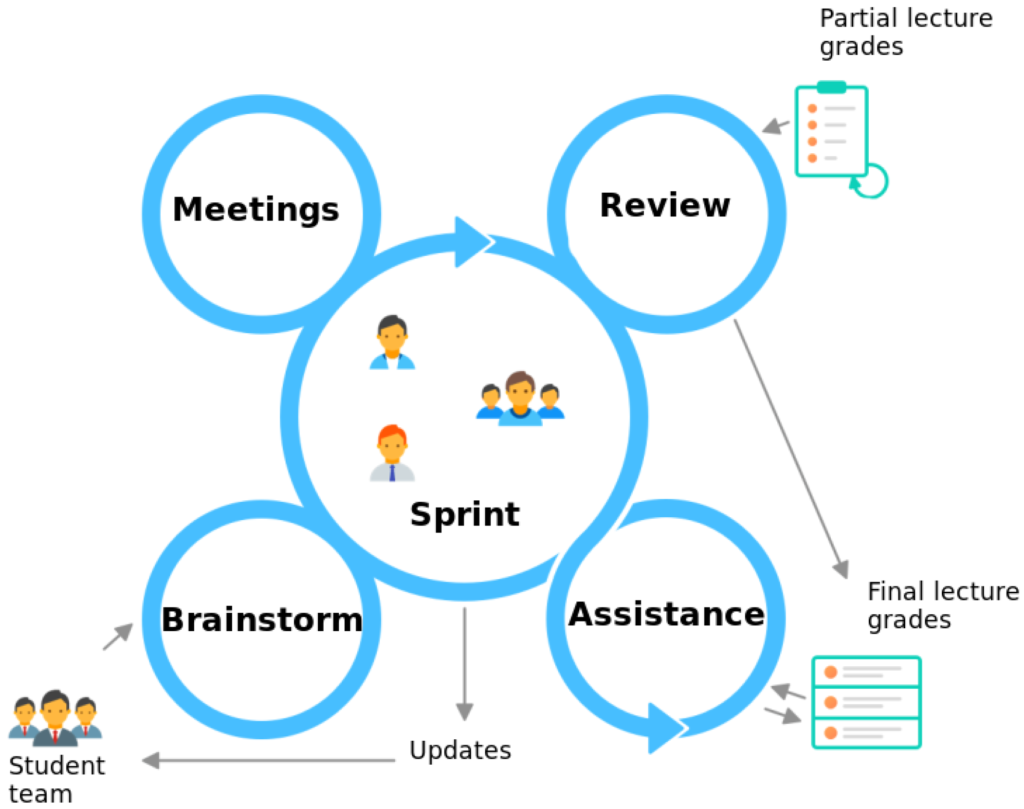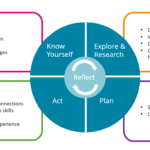Engineering education is evolving to meet the demands of a rapidly changing technological landscape, emphasizing practical skills, interdisciplinary collaboration, and hands-on experiences. Innovations in engineering education aim to bridge the gap between theoretical knowledge and real-world applications, preparing students to become proficient engineers capable of tackling complex global challenges. Here, we explore the significance, trends, and impact of these innovations in shaping the future of engineering education.

Significance of Innovations in Engineering Education
Engineering disciplines encompass a broad spectrum of fields, including mechanical, electrical, civil, and biomedical engineering, among others. Innovations in engineering education are crucial for equipping students with technical proficiency, problem-solving abilities, and critical thinking skills necessary for successful careers in industry, research, and entrepreneurship. By integrating theory with practical applications, these innovations ensure that graduates are prepared to innovate, design, and implement solutions to address societal needs and technological advancements.
Trends in Engineering Education
Several key trends characterize innovations in engineering education:
- Interdisciplinary Approaches: Collaborative projects and interdisciplinary courses integrate knowledge from multiple engineering disciplines and fields such as computer science, materials science, and environmental engineering. This approach encourages students to apply diverse perspectives to solve complex, real-world problems.
- Project-Based Learning (PBL): PBL emphasizes hands-on experiences where students work in teams to tackle engineering challenges. Projects range from designing prototypes and conducting experiments to developing sustainable infrastructure and implementing technological solutions. PBL fosters teamwork, communication skills, and practical application of engineering principles.
- Integration of Technology: Engineering education leverages advanced technologies such as simulations, virtual reality (VR), augmented reality (AR), and computer-aided design (CAD) software. These tools enhance learning experiences, allowing students to visualize concepts, simulate experiments, and prototype designs in virtual environments before implementation.
- Industry Partnerships and Internships: Collaborations with industry partners provide students with opportunities for internships, co-op placements, and industry-sponsored projects. These experiences expose students to real-world engineering practices, technological innovations, and industry standards, preparing them for professional careers and enhancing their employability.
- Ethics and Professional Development: Engineering programs emphasize ethical considerations, sustainability principles, and responsible innovation. Courses in ethics, leadership, and entrepreneurship equip students with the skills to navigate ethical dilemmas, communicate effectively, and lead interdisciplinary teams in diverse engineering sectors.
Impact on Engineering Practice

Innovations in engineering education have transformative effects on engineering practice:
- Workforce Readiness: Graduates are equipped with practical skills, technical knowledge, and problem-solving abilities demanded by employers in industry sectors such as manufacturing, infrastructure development, renewable energy, and information technology.
- Innovation and Entrepreneurship: Entrepreneurial education fosters innovation and encourages students to develop startups, patents, and technological solutions that address global challenges, stimulate economic growth, and create societal impact.
- Research and Development: Engineering research advancements drive technological innovation and scientific discovery in areas such as robotics, artificial intelligence (AI), sustainable design, and biomedical engineering, contributing to global competitiveness and societal well-being.
Challenges and Future Directions
Challenges in engineering education include adapting curricula to rapid technological advancements, addressing diversity and inclusion in STEM fields, and integrating sustainability into engineering practices. Future directions involve embracing digital learning platforms, expanding online education opportunities, and promoting lifelong learning to meet evolving industry demands and global engineering challenges.
Conclusion
In conclusion, innovations in engineering education are essential for preparing future engineers to excel in a dynamic and interconnected world. By emphasizing practical skills, interdisciplinary collaboration, and ethical leadership, engineering programs bridge the gap between theory and practice, ensuring that graduates contribute to technological innovation, sustainable development, and societal progress. As engineering education continues to evolve, embracing innovation, diversity, and lifelong learning remains paramount in shaping a resilient and innovative engineering workforce capable of addressing global challenges and driving positive change.


